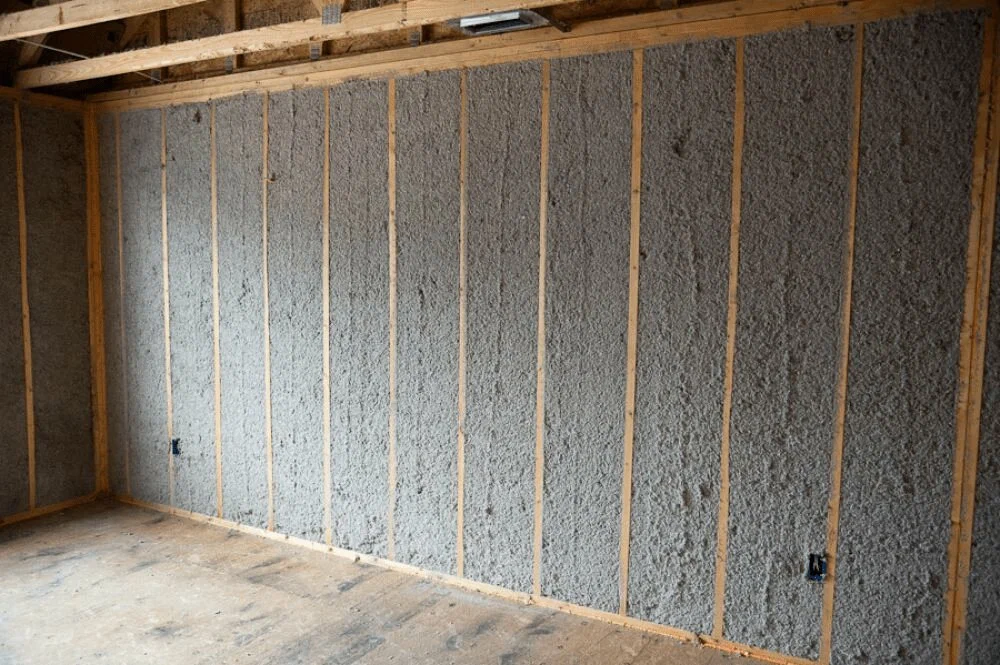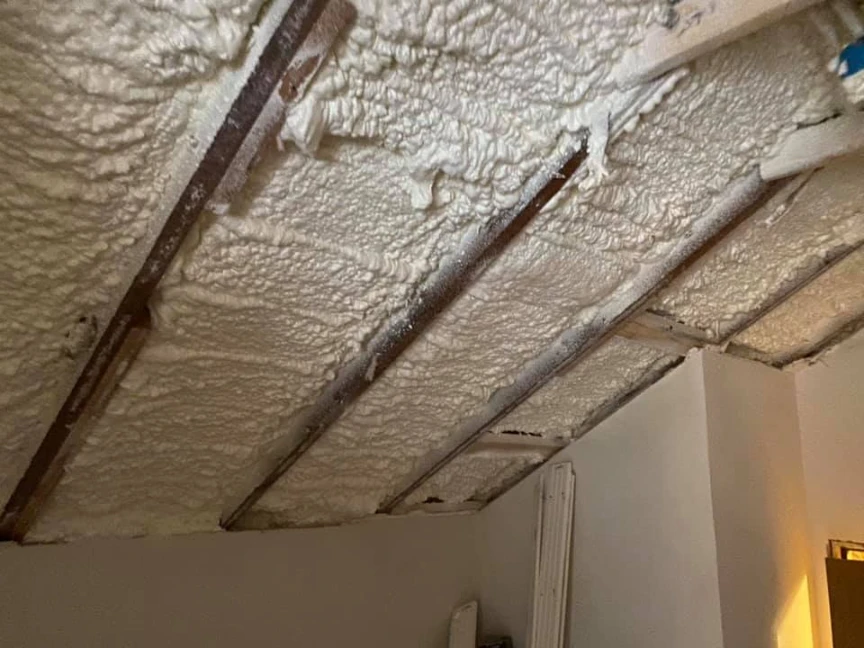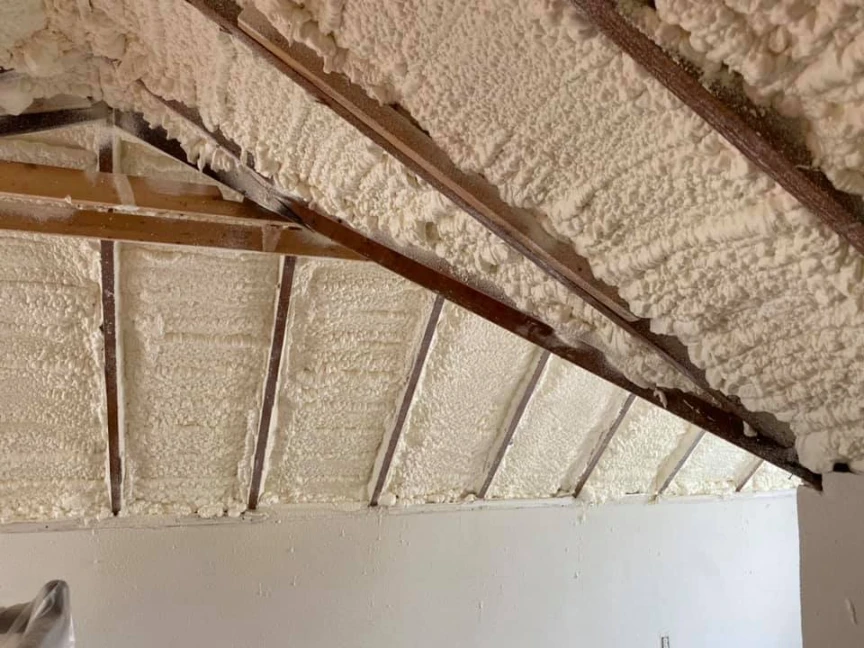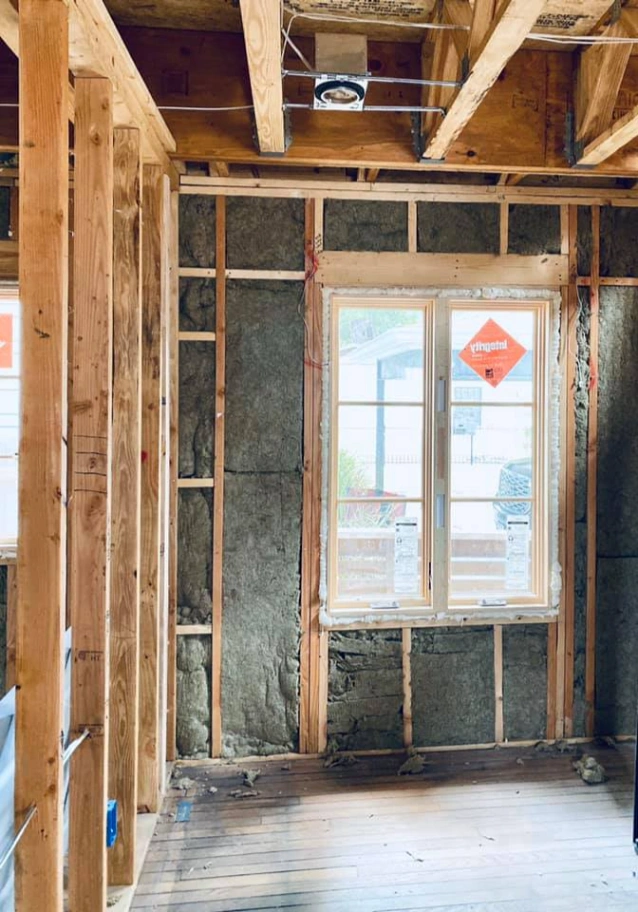Cellulose insulation is made primarily from recycled paper products, such as newsprint, treated with non-toxic fire retardants. This insulation choice is gaining popularity in Bastrop County, TX, due to its sustainability and performance. Compared to traditional fiberglass or foam insulation, cellulose offers a lower carbon footprint and contributes to energy efficiency in homes and buildings.
Energy Efficiency and Reduced Carbon Footprint
Lower Energy Consumption
Buildings in Bastrop County experience both hot summers and cool winters. Proper insulation is crucial for maintaining comfortable indoor temperatures while reducing reliance on HVAC systems. Cellulose insulation has a high R-value, meaning it effectively slows heat transfer, leading to lower energy usage for heating and cooling.
Sustainable Production
Unlike synthetic insulation materials, cellulose is manufactured with minimal energy input. The process of repurposing paper into insulation consumes significantly less energy compared to the production of fiberglass or spray foam, resulting in a lower overall environmental impact.
Waste Reduction and Recycling Benefits
Diverting Waste from Landfills
By using up to 85% recycled materials, cellulose insulation repurposes paper that would otherwise contribute to landfill waste. This helps reduce deforestation and decreases the volume of waste requiring disposal.
Biodegradability
Unlike plastic-based insulation materials, cellulose insulation decomposes naturally over time without releasing harmful microplastics or pollutants into the environment. This characteristic makes it a more sustainable long-term option.
Indoor Air Quality and Health Advantages
Non-Toxic Composition
Cellulose insulation is treated with borates, a naturally occurring mineral, to enhance fire resistance and deter pests. Unlike fiberglass insulation, it does not contain synthetic binders or formaldehyde, reducing the presence of volatile organic compounds (VOCs) in indoor air.
Mold and Pest Resistance
The borate treatment in cellulose insulation not only provides fire resistance but also acts as a deterrent against mold and pests. In humid areas like Bastrop County, this is an essential feature for maintaining a healthy indoor environment.
Fire Safety and Thermal Performance
Fire-Resistant Properties
Cellulose insulation is treated to be highly fire-resistant. When installed correctly, it can slow the spread of flames, providing valuable time for evacuation and reducing fire damage risks.
Thermal Mass Benefits
Due to its dense composition, cellulose insulation effectively regulates indoor temperatures by slowing heat transfer. This contributes to stable indoor environments and reduced heating and cooling costs year-round.
Local Impact and Sustainable Building Practices
Supporting Eco-Friendly Construction in Bastrop County
Choosing cellulose insulation aligns with local sustainability efforts and promotes green building practices. Many contractors and homeowners in the area prioritize eco-friendly materials, making cellulose an ideal option for energy-efficient construction.
Enhancing Property Value
Homes with high-quality insulation tend to have better energy ratings, which can improve property value. Prospective buyers often consider insulation quality when assessing a home’s energy efficiency and long-term cost savings.
Reliable Insulation Services in Bastrop County
For homeowners and businesses looking to upgrade their insulation, professional installation is key to maximizing performance. Proper installation ensures full coverage, eliminating air leaks and maximizing energy savings. If you’re considering cellulose insulation for your property, consulting an experienced team ensures the best results.
Frequently Asked Questions
How does cellulose insulation compare to fiberglass?
Cellulose insulation provides superior air sealing compared to fiberglass and has a higher recycled content, making it a more sustainable choice.
Can cellulose insulation be installed in existing homes?
Yes, cellulose can be blown into wall cavities and attics in existing homes, improving energy efficiency without major renovations.
Is cellulose insulation safe for allergy sufferers?
Since it does not contain fiberglass particles or formaldehyde, cellulose insulation is a healthier option for individuals with allergies or respiratory sensitivities.
How long does cellulose insulation last?
With proper installation and maintenance, cellulose insulation can last 20–30 years or more without losing its effectiveness.
Does cellulose insulation attract pests?
No, the borate treatment used in cellulose insulation acts as a pest deterrent, making it less likely to attract rodents or insects.
For expert cellulose insulation installation in Bastrop County, TX, contact Stellrr Insulation & Spray Foam at (512) 710-2839 or email info@stellrr.com.





